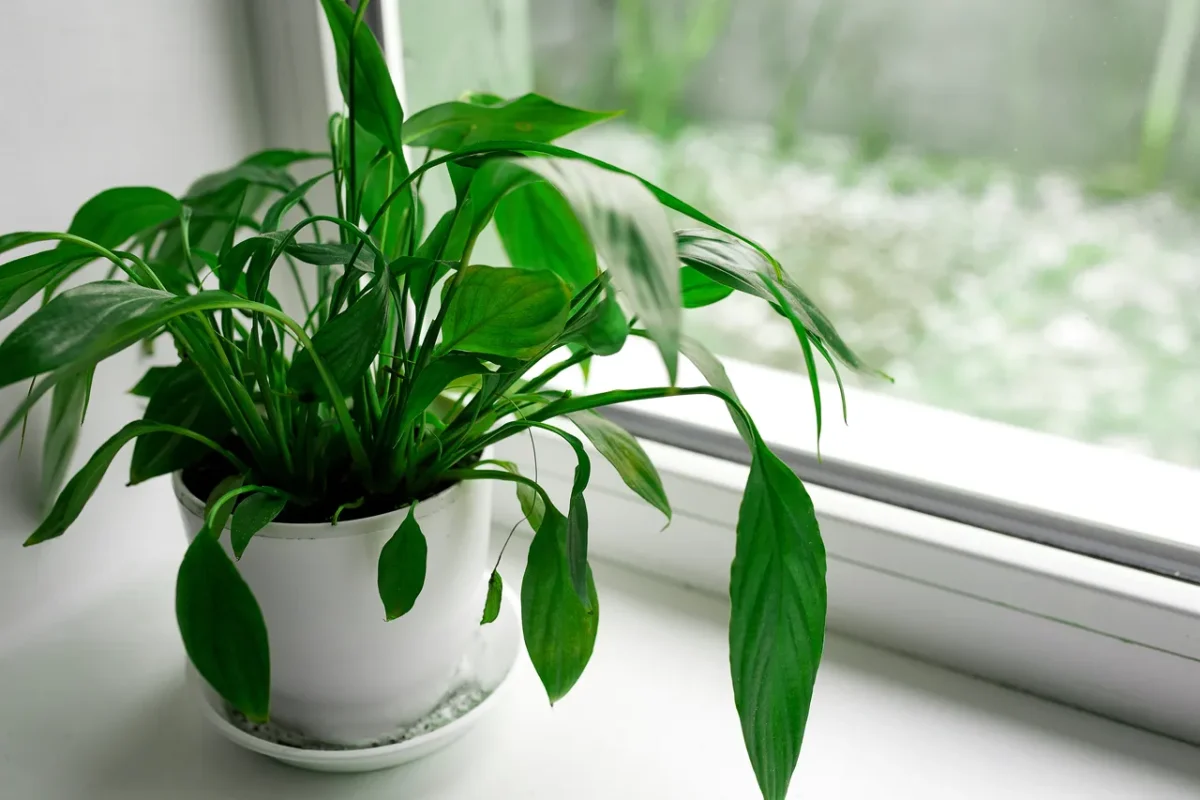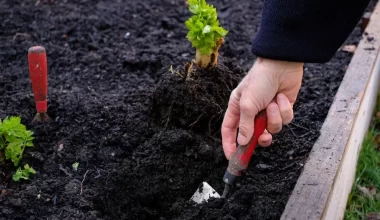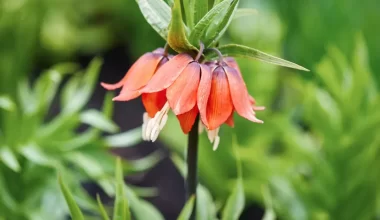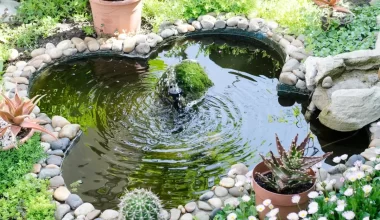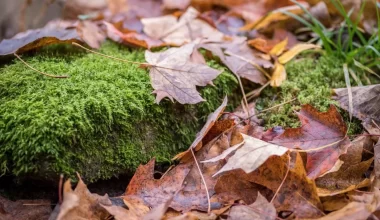Posted on Nov 24, 2023 at 10:01 am by James A
You are concerned about the indoor air quality of your home and are looking for natural solutions to improve the comfort of your living space?
Indoor plants can be an effective solution for purifying the ambient air. Indeed, certain species have the ability to absorb carbon dioxide (CO2) and other pollutants present in the air. In this article, we present 5 indoor plants that purify our homes and contribute to a healthier and more pleasant environment.
The 5 indoor plants that absorb the most CO2
- Spathiphyllum (peace lily)
This tropical plant is not only aesthetically appealing with its large dark green leaves and white flowers, but it is also very effective at absorbing CO2. The Spathiphyllum is also capable of filtering certain volatile organic compounds (VOCs) such as formaldehyde and benzene.
- Chlorophytum comosum (spider plant)
The spider plant is a perennial plant that is easy to maintain and very popular for its purifying effect. It not only absorbs CO2, but also other pollutants such as formaldehyde, xylene, and toluene. Additionally, it is also capable of regulating humidity in the room, contributing to a healthier environment.
- Sansevieria (snake plant)
The Sansevieria is a succulent plant native to Africa and Asia, characterized by its long lance-shaped green leaves. This robust plant is particularly effective at absorbing CO2 and filtering pollutants such as benzene, formaldehyde, and trichloroethylene. It is easy to care for and can survive even in low-light conditions.
- Epipremnum aureum (devil’s ivy)
Devil’s ivy is a fast-growing tropical climbing plant that is very easy to cultivate. It has the ability to absorb CO2 and purify the air by eliminating pollutants such as benzene, formaldehyde, and toluene. Devil’s ivy can be grown in pots or hanging baskets, making it easy to integrate into your interior decor.
- Ficus elastica (rubber plant)
Ficus elastica, also known as rubber plant, is a highly appreciated indoor plant for its large, shiny green leaves. It is known for its ability to absorb CO2 and eliminate pollutants such as ammonia, formaldehyde, and xylene. This plant requires moderate maintenance and thrives in medium to high light conditions.
Tips to optimize the efficiency of air-purifying plants
- Choose multiple plants: To maximize CO2 absorption and air purification, it is recommended to have several air-purifying plants in different rooms of the house.
- Maintain your plants in good health: A healthy plant will be more effective at absorbing CO2 and purifying the air. Make sure to meet the specific needs of each species in terms of water, light, and fertilization.
- Regularly ventilate: Even though plants are capable of absorbing some of the CO2 in the air, it is necessary to regularly ventilate your indoor space to renew the ambient air.
In conclusion, indoor plants can be a valuable ally in improving the air quality in our homes. By choosing air-purifying species such as Spathiphyllum, spider plant, Sansevieria, devil’s ivy, and rubber plant, you will contribute to creating a healthier and more pleasant environment for you and your family.
